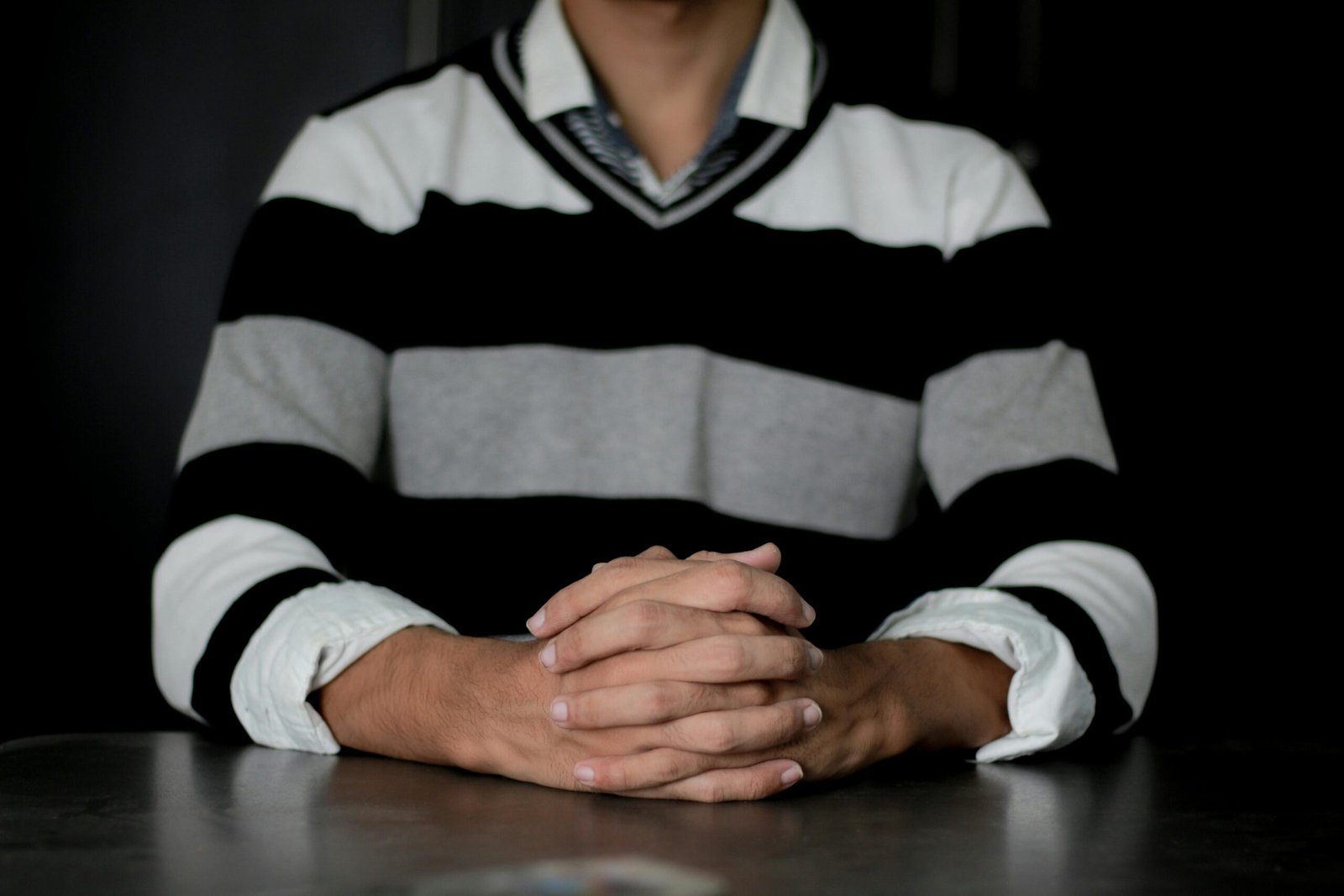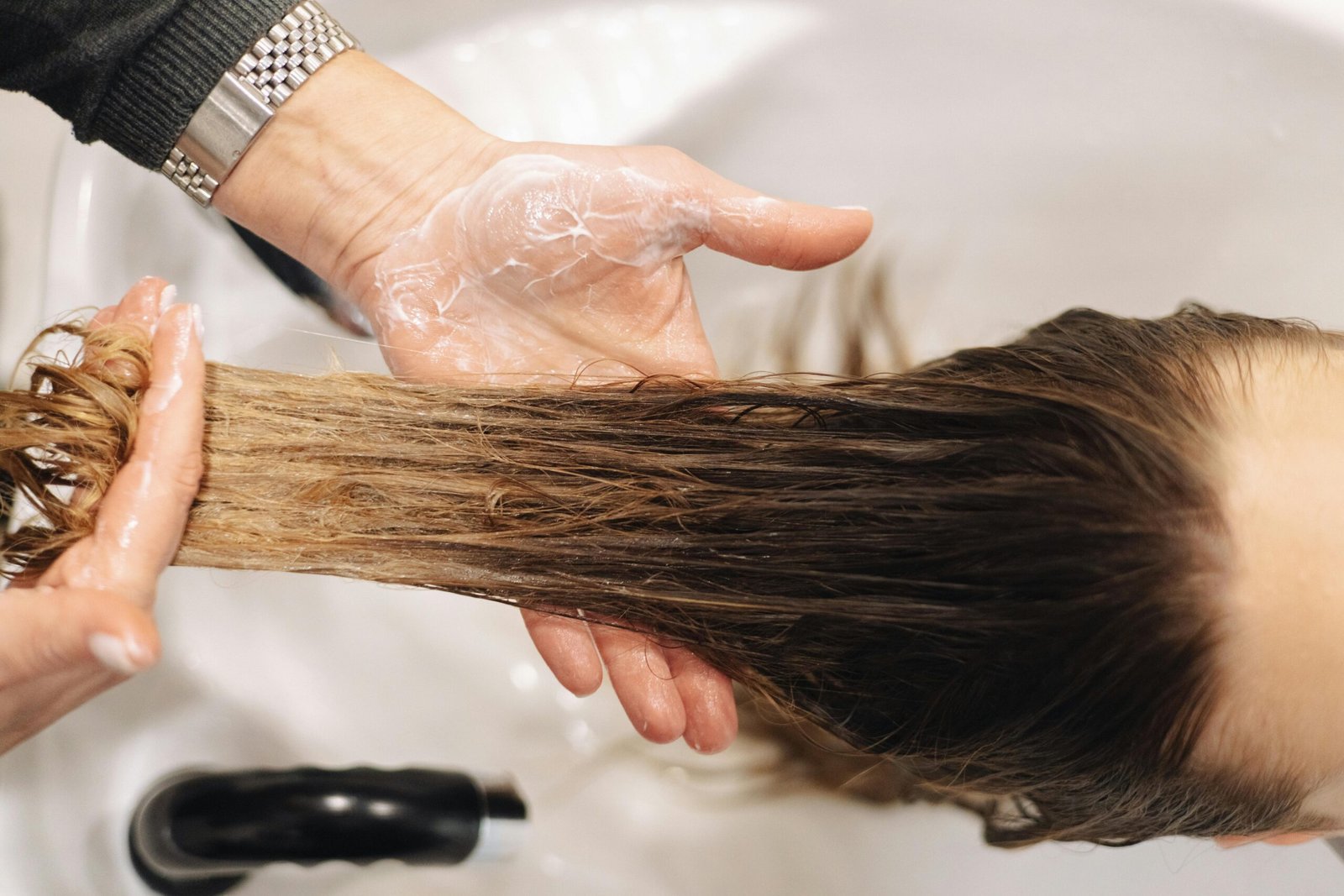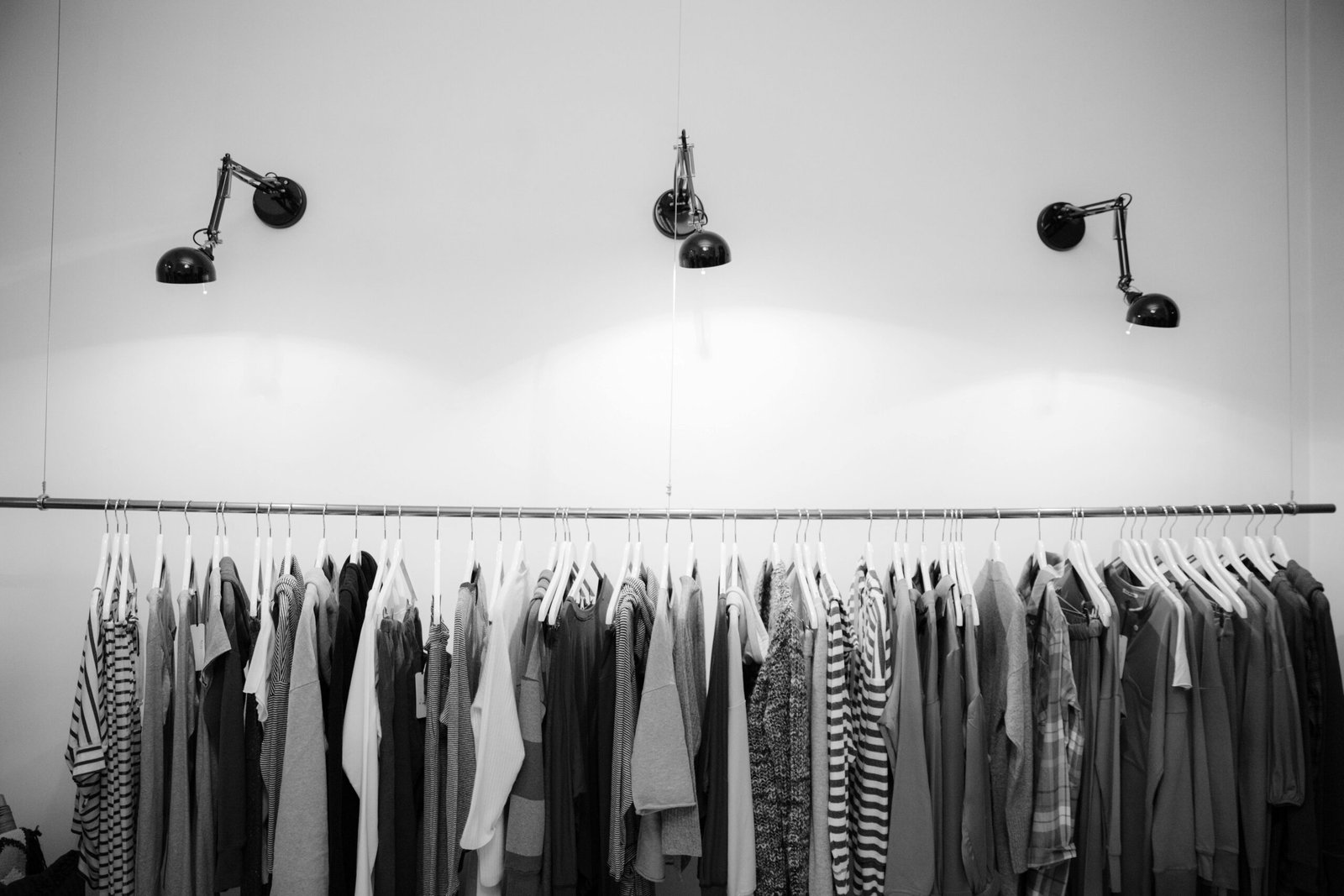First‑Impression Power: Interview Attire & Accessory Guide for Young Professionals

Introduction

Stepping into an interview, your attire speaks before you do. For young professionals embarking on career journeys—from corporate finance to creative startups—selecting the right interview outfit is crucial: it conveys competence, fits organizational culture, and boosts confidence. In this in‑depth 6,000‑word guide, we explore:
- Industry Dress Codes & Cultural Nuances: Corporate, business casual, creative, tech startups, non‑profits.
- Foundational Wardrobe Pieces: Suits, blazers, trousers, shirts/blouses, dresses, and skirt options.
- Fabric & Fit Fundamentals: Choosing structured vs. fluid fabrics, tailoring for proportions, comfort vs. style balance.
- Color Psychology & Pattern Selection: Leveraging hues and subtle patterns to convey authority, approachability, creativity.
- Shoe Etiquette: Classic oxfords, loafers, pumps, and polished flats—the do’s and don’ts.
- Accessorizing with Purpose: Watches, belts, ties, pocket squares, scarves, jewelry, and minimalist office‑appropriate bags.
- Grooming & Presentation: Hair, makeup, nails, fragrance, and personal hygiene.
- Seasonal Adjustments: Lightweight linens for summer, layering for winter, transitional spring/fall tips.
- Ethical & Sustainable Choices: Investing in high‑quality vs. fast fashion basics, sourcing eco‑friendly brands and rental services.
- Budget‑Friendly Strategies: Thrift finds, sales hacks, capsule wardrobe approaches to maximize ROI.
- Day‑Before and Day‑Of Prep: Outfit checklist, wrinkle removal, shoe polishing, and emergency kits.
- Virtual Interview Considerations: Camera framing, desktop background, top‑half styling, lighting.
- Post‑Interview Networking: Transitional layers for office tours, follow‑up attire nuances, LinkedIn profile photos.
- Common Mistakes & Solutions: Over‑accessorizing, underdressing, cultural missteps, fit issues.
- Interactive Decision Tree: A step‑by‑step flow to identify your perfect interview ensemble.
- FAQs & Expert Tips: Answers on dress socks, tie knots, blazer breaks, tailoring timelines.
- Scavenger Checklist: Pre‑purchase fabric test, micro‑measurements, second‑look mirror strategies.
By mastering these principles, you’ll craft a polished, authentic look that aligns with your industry, stands up to close scrutiny, and leaves a memorable impression—before you say a word.
1. Understanding Industry Dress Codes & Organizational Culture
1.1 Corporate & Finance Sectors
- Traditional suits in navy, charcoal, or black.
- Crisp white or light‑blue button‑downs; subtle pinstripes acceptable.
- Conservative silk ties for men; tailored sheath dresses or pant suits for women.
1.2 Business Casual Environments
- Blazers with chinos or dark jeans (no rips).
- Collared shirts, blouses, or knit tops—avoid loud prints.
- Closed‑toe flats, loafers, or conservative heels.
1.3 Creative Industries
- Incorporate texture and muted patterns; leather jackets or denim blazers as statement pieces.
- Slim trousers or dark-wash jeans paired with blouses or well‑fitted shirts.
- Footwear can include fashion‑forward boots or smart sneakers.
1.4 Tech Startups & Casual Workplaces
- Polished casual: polo shirts, merino sweaters, chinos.
- Clean, minimalist sneakers; avoid athletic gym shoes.
- Layering with quality bomber jackets or soft‑tailored blazers.
1.5 Non‑Profit & Educational Settings
- Smart casual to business casual: cardigans, mid‑length skirts, and modest heels or loafers.
- Sustainable fabrics and ethical brands resonate well.
2. Foundational Wardrobe Pieces
2.1 Suits & Blazers
- Single‑breasted, two‑button blazers for versatility.
- Pant suits and skirt suits; match fabric and weave.
- Unstructured blazers for business casual.
2.2 Trousers & Skirts
- Flat‑front chinos or dress pants; ankle length or slight break.
- Pencil skirts hitting at or just above the knee; A‑line styles for fuller silhouettes.
2.3 Shirts & Blouses
- Button‑downs: avoid flashy logos; choose breathable cotton or blends.
- Blouses: silk, crepe, or wrinkle‑resistant synthetics; modest necklines.
2.4 Dresses
- Sheath dresses in solid, neutral colors.
- Wrap dresses with conservative silhouettes appropriate for various frames.
3. Fabric Selection & Fit Fundamentals
3.1 Fabric Weaves & Weight
- Worsted wool: year‑round versatility.
- Lightweight cotton & linen for summer; flannel and tweed for winter.
3.2 Tailoring & Proportions
- Jackets should sit smoothly without pulling; sleeves ending at wrist bone.
- Trouser waist sits at natural waist; leg shape suits body type.
- Skirt waistband aligns with narrowest torso section.
3.3 Comfort vs. Structure
- Incorporate stretch blends (2–4% elastane) for mobility.
- Use shoulder pads sparingly to maintain natural silhouette.
4. Color Psychology & Pattern Selection
4.1 Professional Color Palette
- Navy: trust and dependability.
- Charcoal/Gray: neutrality and balance.
- Black: authority and sophistication.
4.2 Accent Colors
- Burgundy: controlled confidence.
- Teal or Olive: subtle creativity and approachability.
4.3 Patterns
- Pinstripes: elongate silhouette; ideal for taller builds.
- Small checks (Glen plaid) for understated interest.
- Avoid loud plaids or oversized prints in conservative settings.
5. Shoe Etiquette
5.1 Men’s Footwear
- Cap‑toe oxfords, plain loafers, or derbies in black or brown.
- Leather soles polished; rubber nub soles acceptable for traction.
5.2 Women’s Footwear
- Closed‑toe pumps (1–3 inch heel), loafers, or ballet flats.
- Avoid overly pointy toes; choose classic ovals or rounded shapes.
5.3 Sock & Hosiery Guidelines
- Dark, solid dress socks matching trouser color.
- Neutral or black hosiery with no runs or patterns.
6. Accessorizing with Purpose
6.1 Watches & Timepieces
- Classic analog watches with leather or metal bands; avoid oversized sports models.
6.2 Belts & Suspenders
- Match belt leather to shoe color; 1–1.5 inch width for men.
- Suspenders for a vintage formal touch—reserve for corporate or formal intersect.
6.3 Ties, Pocket Squares & Scarves
- Silk ties in solid or small patterns; four‑in‑hand knot for simplicity.
- Pocket squares complement tie color (not match exactly).
- Lightweight silk scarves for women, tied simply around neckline.
6.4 Jewelry & Minimalist Bags
- Subtle studs or small hoops; a single necklace or pendant.
- Structured leather briefcase or tote in neutral shades.
7. Grooming & Presentation
- Hair neatly trimmed or styled; facial hair groomed to neckline.
- Subtle, natural makeup; trimmed nails with clear polish or neutral tones.
- Minimal or no fragrance—opt for unscented deodorant.
8. Seasonal & Climate Adaptations
8.1 Summer Essentials
- Linen‑blend suits with internal V‑ents.
- Unlined blazers, breathable cotton shirts.
- Loafers or open‑lip oxfords with no‑show socks.
8.2 Winter Layering
- Wool coats over suit, cashmere scarves, leather gloves.
- Thermal underlayers hidden beneath trousers.
8.3 Transitional Spring/Fall
- Lightweight trench coats, waterproof unstructured blazers.
- Dark chino pants and breathable knitwear.
9. Ethical & Sustainable Choices
- Invest in wool and organic cotton pieces with long durability.
- Explore rental platforms (Rent the Runway, Armoire) for occasional interviews.
- Support fair‑trade, bluesign, or GOTS‑certified labels.
10. Budget‑Friendly Strategies
- Thrift store gold: look for high‑quality suiting fabrics.
- Off‑season sales: buy winter coats in spring, linen suits in fall.
- Capsule wardrobe approach: mix and match 10 key pieces for multiple outfits.
11. Day‑Before & Day‑Of Preparation
- Steam or iron outfits; place under light weight overnight.
- Polish shoes, charge watch, clean briefcase.
- Pack emergency kit: stain remover pen, lint roller, extra ties.
12. Virtual Interview Considerations
- Frame: ensure headroom and uncluttered background.
- Top‑half styling: solid colors avoid moiré on camera.
- Lighting: natural front‑facing light; avoid backlighting.
13. Post‑Interview Networking & Office Tour
- Transition layers: remove jacket, roll up sleeves if culture permits.
- Maintain polished look for office walkthroughs; use blazer to signal professionalism.
14. Common Mistakes & Solutions
- Over‑Accessorizing: Keep jewelry minimal; one focal piece max.
- Underdressing: When in doubt, err on the side of formality.
- Ill‑Fitting Garments: Invest in tailoring—costs <10% of garment price.
15. Interactive Decision Tree
A flowchart guiding you through culture, budget, garment type, and climate to arrive at your ideal outfit.
16. FAQs & Expert Tips
Q1: How do I knot a tie for interviews?
A: Four-in-hand: narrow end behind, cross, loop through, tighten—results in a neat dimple.
Q2: Can I wear jeans if the role is creative?
A: Dark, well‑fitted jeans paired with blazer and dress shirt, but confirm office culture beforehand.
Q3: When should I purchase tailoring?
A: Aim for two weeks lead time; rush services typically available at extra cost.
17. Scavenger Checklist
Conclusion
Your interview attire is an investment in your professional narrative. By aligning your wardrobe with industry norms, prioritizing fit and function, and adding thoughtful accessories, you project confidence, credibility, and cultural fit. Pair these guidelines with your authentic personal style, and you’ll step into every interview poised to make a lasting, positive first impression—before you even say hello.





